Rising Health Awareness
The increasing awareness regarding health and nutrition among consumers appears to be a primary driver for the Skimmed Milk Market. As individuals become more conscious of their dietary choices, the demand for low-fat and low-calorie products, such as skimmed milk, is likely to rise. According to recent data, the consumption of skimmed milk has seen a notable increase, with a reported growth rate of approximately 5% annually. This trend suggests that consumers are actively seeking healthier alternatives to whole milk, which may contribute to the expansion of the skimmed milk segment. Furthermore, the emphasis on reducing saturated fat intake aligns with dietary guidelines, further propelling the market forward.
Growing Convenience Trends
The convenience trend is significantly influencing the Skimmed Milk Market, as busy lifestyles drive consumers to seek quick and easy meal solutions. Ready-to-drink skimmed milk products, single-serve packaging, and on-the-go options are becoming increasingly popular. This shift towards convenience is reflected in market data, which shows a 5% increase in sales of ready-to-drink skimmed milk products. As consumers prioritize convenience without compromising on health, the demand for such products is likely to continue to grow. Manufacturers that adapt to these changing consumer needs by offering convenient solutions may find substantial opportunities for growth in the skimmed milk segment.
Sustainability Initiatives
Sustainability has emerged as a significant driver for the Skimmed Milk Market, as consumers increasingly favor products that align with environmentally friendly practices. Dairy producers are adopting sustainable farming methods, reducing carbon footprints, and implementing eco-friendly packaging solutions. This shift is likely to resonate with environmentally conscious consumers, potentially boosting the demand for skimmed milk. Market data indicates that brands emphasizing sustainability have seen a 7% increase in consumer loyalty, suggesting that sustainability initiatives could play a pivotal role in shaping purchasing decisions. As the industry continues to evolve, the integration of sustainable practices may become a key differentiator for skimmed milk products.
Innovative Product Offerings
Innovation within the Skimmed Milk Market is a crucial driver, as manufacturers are increasingly introducing new products to cater to evolving consumer preferences. This includes flavored skimmed milk, fortified options with added vitamins and minerals, and organic varieties. Such innovations not only attract health-conscious consumers but also appeal to younger demographics seeking variety in their diets. Recent market analysis indicates that the introduction of innovative products has led to a 6% increase in sales within the skimmed milk category. This trend suggests that companies that prioritize product development and diversification are likely to gain a competitive edge in the market.
Increased Demand for Dairy Alternatives
The Skimmed Milk Market is experiencing a shift in consumer preferences towards dairy alternatives, driven by various factors including lactose intolerance and veganism. This trend indicates a potential for growth in the skimmed milk segment, as it is often perceived as a healthier option compared to full-fat dairy products. Market data suggests that the demand for skimmed milk has increased by approximately 4% in recent years, as consumers seek products that align with their dietary restrictions. Additionally, the rise of plant-based diets may encourage traditional dairy producers to innovate and promote skimmed milk as a versatile ingredient in various recipes, thereby expanding its market reach.


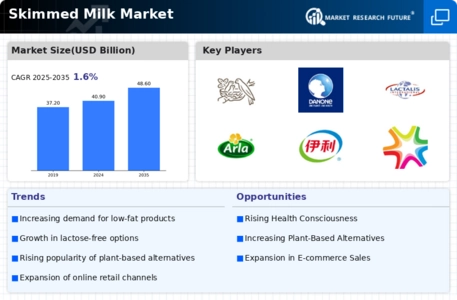
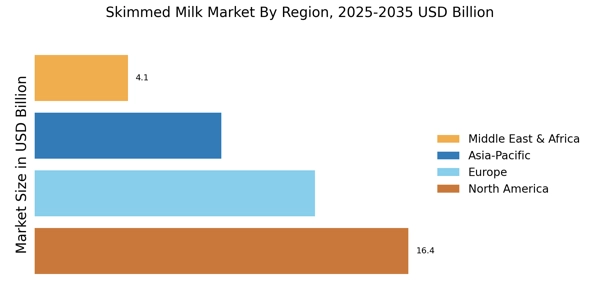
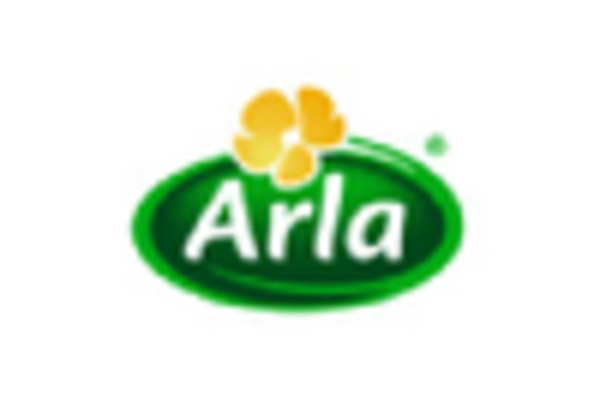
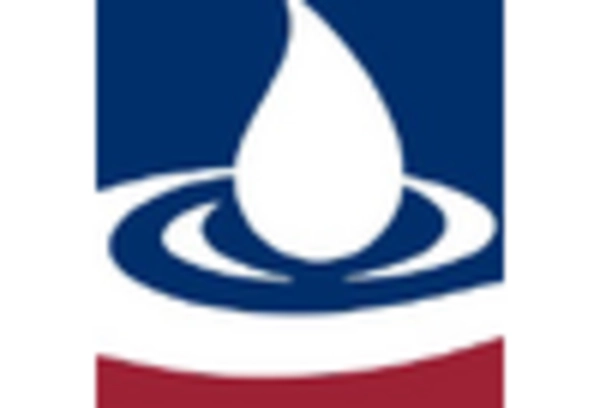
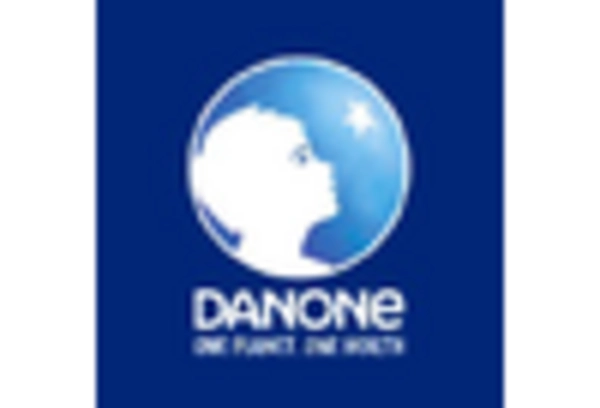
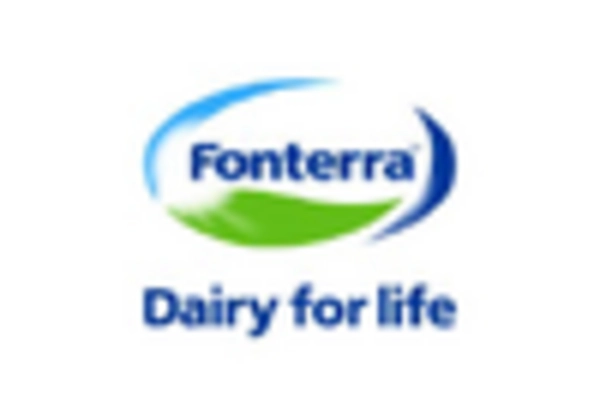
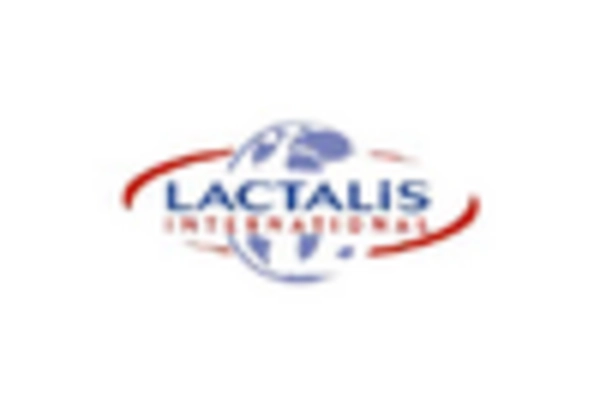









Leave a Comment